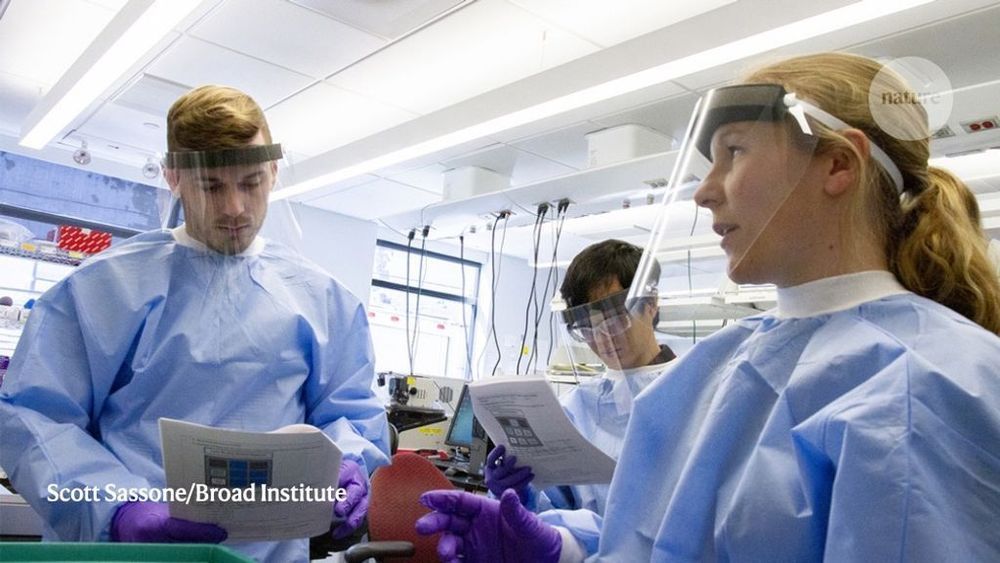Mar 28, 2020
Tens of thousands of scientists are redeploying to fight coronavirus
Posted by Derick Lee in categories: biotech/medical, health
Working around the clock, scientists at the Broad Institute of MIT and Harvard in Cambridge, Massachusetts can run about 2,000 COVID-19 tests per day. In places where testing is still scarce — which is to say much of the world — similar efforts can provide vital relief to public-health systems stretched to their limits. As they shutter their labs indefinitely, tens of thousands of scientists are volunteering to help the pandemic relief efforts in any way they can.
As labs shut down around the world, researchers are finding creative ways to donate their time, supplies and expertise.


















